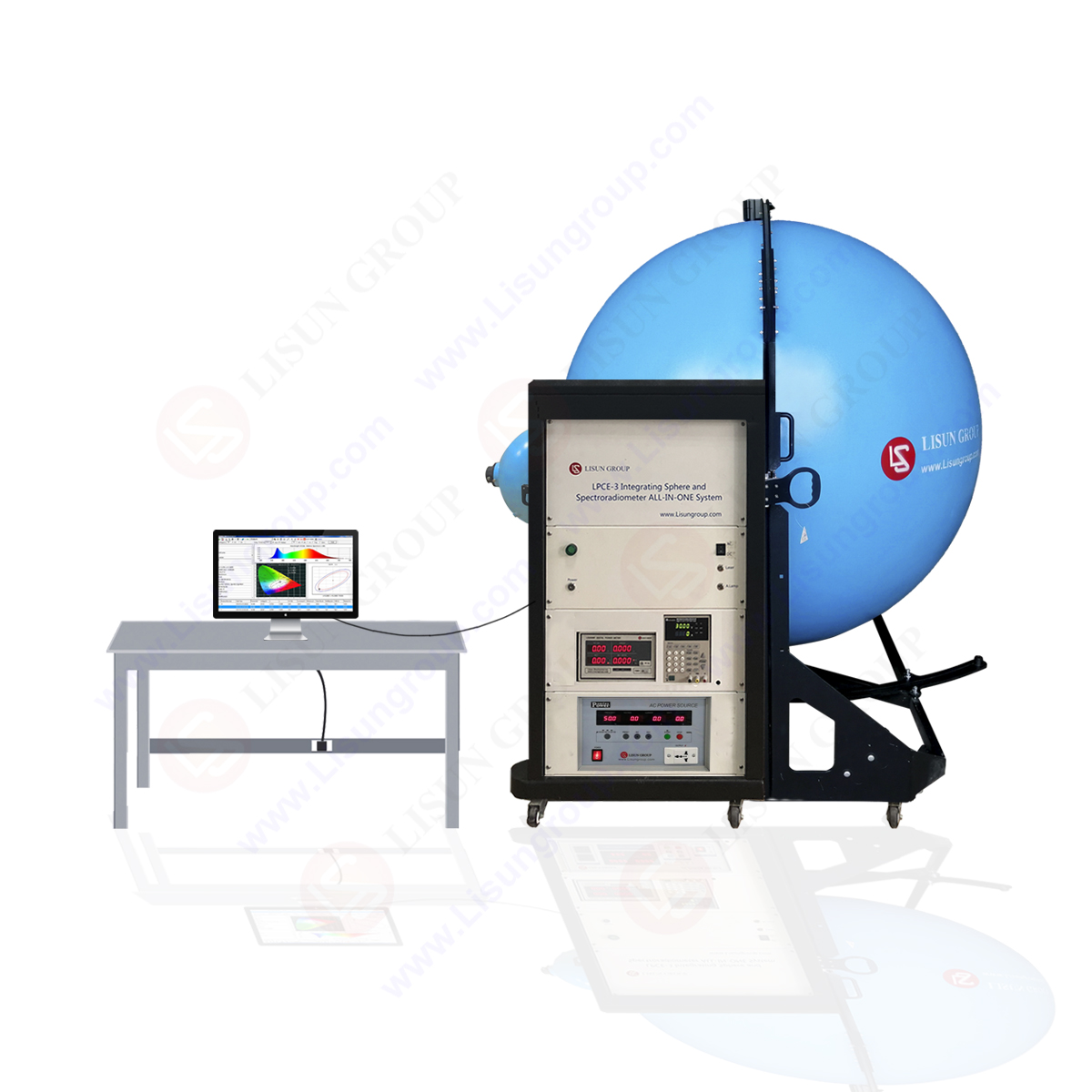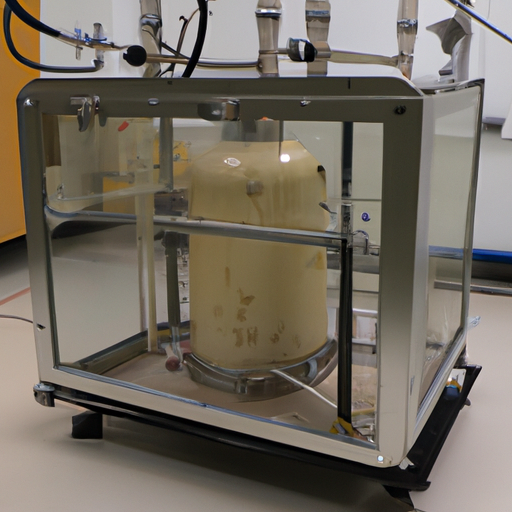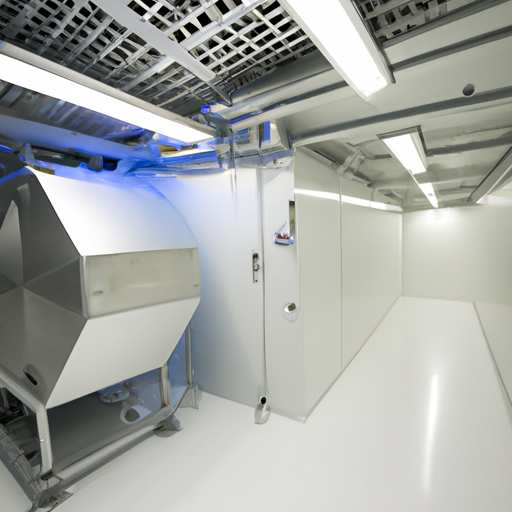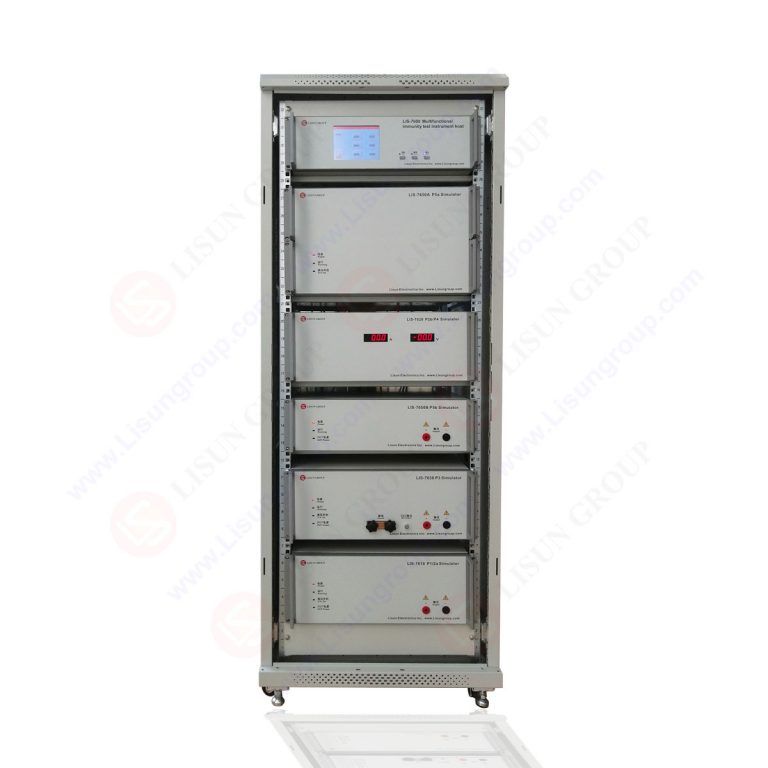EMI (electromagnetic interference) test standards require the use of automotive transient generator to assess the EMI susceptibility of automotive component. The electrical components of an automobile may be damaged by a surge or a dip in current. With its help, you may be able to mimic the kinds of problems that could arise when your product is in use. ISO 7637 is the primary test standard for automotive component transient immunity.
An automotive transient generator is needed to test automotive components for their sensitivity to EMI, surges, or decreases in current. It’s possible that the car’s electrical systems might be affected by these issues.
The growth of technology in the automobile industry has led to the integration of electrical systems into vehicles that are of a better grade and more sophisticated in nature. These systems are dependent on the sensors and control systems being able to communicate effectively with one another.
Because new electrical components provide new potential targets for vehicle EMI, the method of conducting conducted immunity testing on automobiles is becoming a more complicated endeavor.
Using an ISO 7637 Transient Generator for testing
Testing for electromagnetic compatibility in automobiles may be made much easier by using an ISO 7637 automotive transient generator. The waveforms that are produced by automotive transient immunity generators are intended to provide an accurate representation of the problems that might occur in a real vehicle.
When you switch on the ignition, surges are produced that may overload components such as the audio, turn signals, and even the battery and alternator.
Another cause is known as a “load dump,” and it occurs when the car’s battery stops being charged by the alternator during the process. This results in the vehicle being rendered unable to move. To simulate these settings, several different tests of immunity are carried out.
Power on testing requires a battery source or battery simulator that can be programmed to give the DUT power and the ability to alter pulses. Battery simulators are also needed for voltage drop and negative pulse testing and are normally leased in combination with the related pulse generator.
What is EMC testing?
Electrical and mechanical systems (EMCs) are subjected to testing to determine whether they are susceptible to interference from external electromagnetic fields (EMFs). With an ISO 7637 automobile EMC testing tool, technicians may quickly and correctly identify system issues in the vehicle’s electrical systems. This edge will save both time and money in the long run.
LISUN provides the best equipment for EMC testing.
How Does an ISO 7637 Transient Generator Work?
During the testing procedure, ISO 7637 equipment employs voltage and current. With the help of this equipment, you may practice diagnosing and repairing common automotive issues. To perform specialized tests, such as load dump testing and voltage drop testing, technicians may modify the ISO 7637 transient generator’s interface and make changes to the variables. The ISO and OEM test standards are used by test engineers to ensure vehicle EMC compliance.
Lisun Instruments Limited was found by LISUN GROUP in 2003. LISUN quality system has been strictly certified by ISO9001:2015. As a CIE Membership, LISUN products are designed based on CIE, IEC and other international or national standards. All products passed CE certificate and authenticated by the third party lab.
Our main products are Goniophotometer, Integrating Sphere, Spectroradiometer, Surge Generator, ESD Simulator Guns, EMI Receiver, EMC Test Equipment, Electrical Safety Tester, Environmental Chamber, Temperature Chamber, Climate Chamber, Thermal Chamber, Salt Spray Test, Dust Test Chamber, Waterproof Test, RoHS Test (EDXRF), Glow Wire Test and Needle Flame Test.
Please feel free to contact us if you need any support.
Tech Dep: Service@Lisungroup.com, Cell/WhatsApp:+8615317907381
Sales Dep: Sales@Lisungroup.com, Cell/WhatsApp:+8618117273997

 中文简体
中文简体






